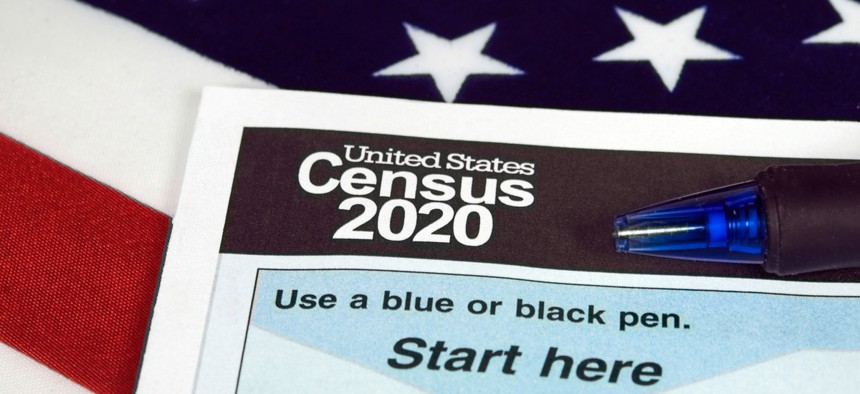Census Bureau Fumbles a 'Foundational' Part of the 2020 Trial Run

Maria Dryfhout/Shutterstock.com
The Census Bureau is facing more problems in the lead up to the 2020 Census.
The Census Bureau needs to fix multiple software and IT issues in its address canvassing operation or risks mishandling data in the 2020 count, according to a congressional watchdog.
When testing its process for verifying addresses, the bureau double-counted multiple address blocks and failed to collect or altogether deleted location data, the Government Accountability Office found. The bureau told auditors they were unsure whether the issues arose primarily from faulty laptops and data collection program or employee error, but said it is aware of a notable bug in the software.
GAO also found the bureau is still in the process of figuring out how many address canvassers, or listers, it needs for the count.
“At a time when plans for in-field address canvassing should be almost finalized, the Bureau is in the process of evaluating workload and productivity assumptions to ensure sufficient staff are hired and that enough laptop computers are procured,” auditors said. “With little time remaining, it will be important to resolve these issues.”
The bureau conducts the address canvassing ahead of every decennial count to update address lists and residence maps, which GAO calls “the foundation of the decennial census.” The process ensures every household is mailed a census questionnaire and helps the bureau pinpoint residences that fail to respond for follow up visits.
Listers often operate in areas without internet connection, meaning they must download their assignments ahead of time, work offline and upload completed address lists once they reconnect to the internet. This system worked during most of the field test, but bureau officials said 11 of the 330 laptops used by listers failed to correctly transmit address and another seven laptops deleted the data entirely.
Officials told GAO they knew about a bug in the transmission software before the test and created an alert system that would inform employees if the data they collected didn’t transmit properly. However, they said they were unsure whether the faulty transmissions resulted from employees not following procedures or the alerts not being triggered.
The bureau also incorrectly estimated the number of addresses listers needed to verify in the field, GAO found. While officials initially thought 30 percent of addresses across the country would need in-field verification, the actual number ranged from 37 percent to 76 percent across the three test locations. Listers also exceeded the productivity estimate at each site, causing GAO to question how the bureau calculated its expected rates.
The address canvassing mishaps come as the most recent dilemma facing the beleaguered bureau in the run-up to the 2020 count. Technology preparations for the decennial are far behind schedule, and over the next two years, officials must address a slew of concerns related to cybersecurity and employee background checks. The 2020 count will also be the first to give people the option to respond online, leading former government cyber experts to call for increased transparency on the bureau’s security and privacy efforts.






